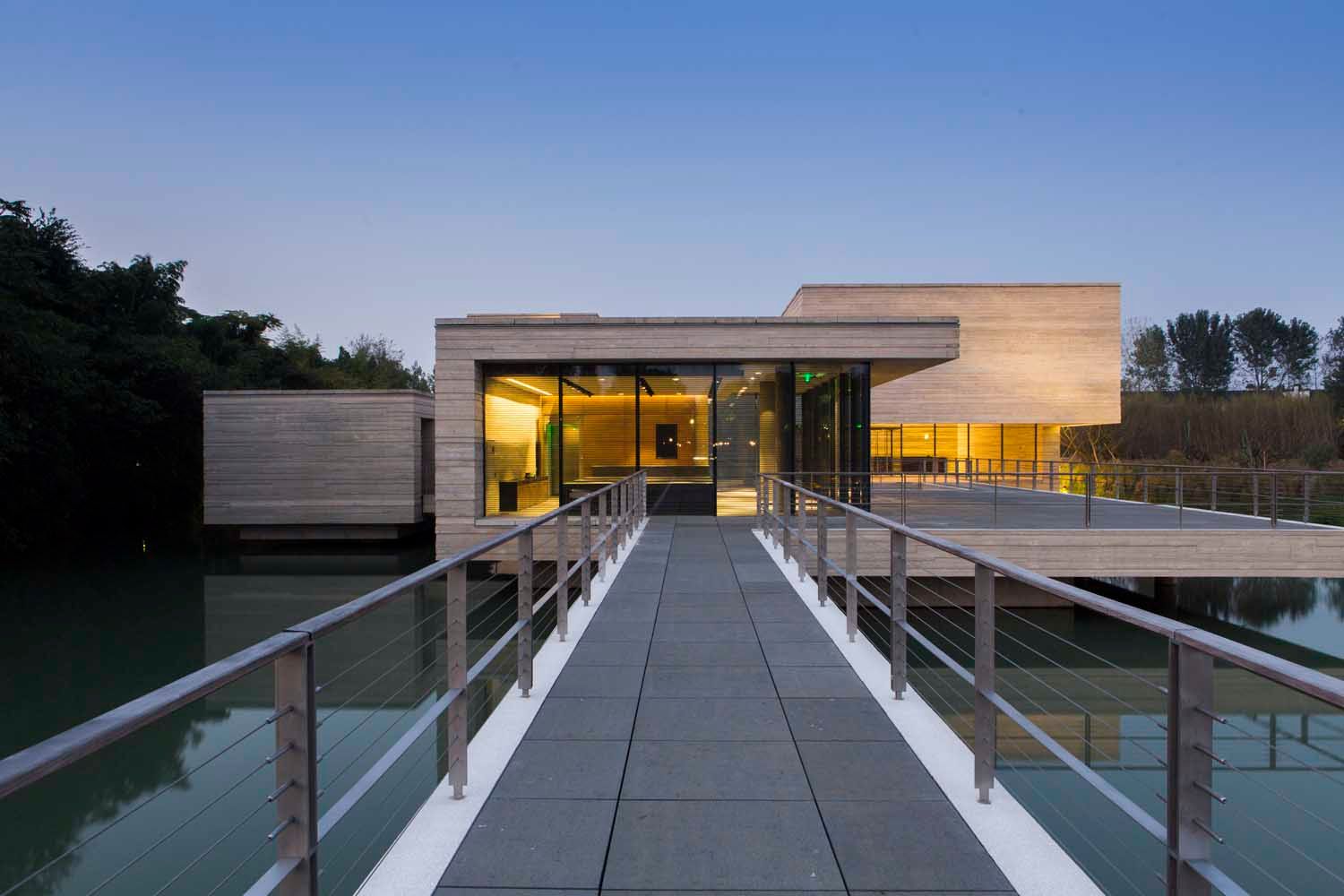Today’s guest post is from Marwa Al-Sabouni, an architect living in Homs, Syria. It appeared first in RIBA, the journal of the Royal Institute of British Architects:
At the heart of old city of Homs is the site of the oldest church ever built; the Saint Mary Church of the Holy Belt, or Um al-Zinnar in Arabic. This holy building goes back to 59 AD, and was rebuilt in 1852, inside it a 20m deep well sinks deep into the earth of Homs. It is named after the relic it houses, the belt of the Virgin Mary. Each year, on the 15th of August, it is carried around the nearby streets to celebrate the Virgin.
The problem is that the architecture of this ancient church never expressed its significance at any level. The old pillars and vaults from the Byzantine period and the underground basement from the first century A.D. leave no architectural impression. The current church is built over the old one in black basalt, Homs’ main building material.
An architect could only wonder and mourn the missed ‘games of space’ and ‘accumulated powers’ that William Lethaby talks about in his book on sacred geometry and the lack of aesthetic value expressed in the ‘details and morals’ as Roger Scruton put it in Aesthetics of Architecture.
More unfortunately, this church has met the same destiny as other buildings in Homs. The church was used as a shield by the armed opposition groups during the conflict, and was the site of confrontations between the two parties; the damages were severe.
This sad case raises questions: what form should the repair take? Doesn’t this landmark deserve a more appropriate architecture? A glorious gateway for example, a remarkable atmospheric interior that leaves us with the deserved memory of this ancient holy place. Shouldn’t we hear the prayers of those hidden Christians sheltered from the Roman punishment? I believe the architecture of such a place should radiate from the neglected basement upwards, as those sacred prayers have done through history. This place should narrate the twenty centuries of holiness, glory, and even destruction that it has endured. It also should speak the language of the twenty-first century, unlike most buildings of its sort in Syria.
It’s a difficult task, especially for an untrained country, but after each long night comes another bright day, they say. Maybe this massive ordeal could offer the opportunity of doing justice to such places in Syria.
For more by Al-Sabouni, go here.
[slideshow id=1078]


